Come onboard as a community First Responder!
Community First Responder has a crucial role in helping someone who suffers a cardiac arrest or even helping to put out a minor fire. Don’t forget to download the myResponder app and play your part. Click on the link below to read more.
Link:
https://www.straitstimes.com/singapore/first-responders-attended-to-4500-cases-of-cardiac-arrest-scdf-to-provide-more-resources-shanmugam?fbclid=IwAR3BXep1PLke2omybu9-Pl8CmfmNLZqWbWItug-hKN2h3y71xI4e07u6UGI
Source: www.straitstime.com











